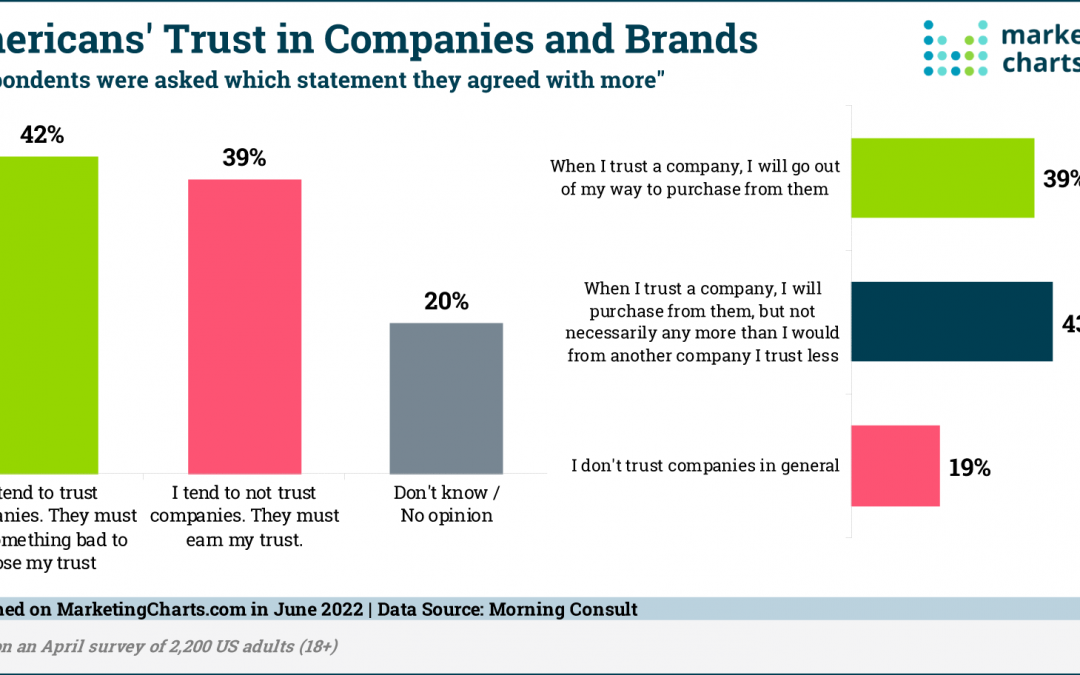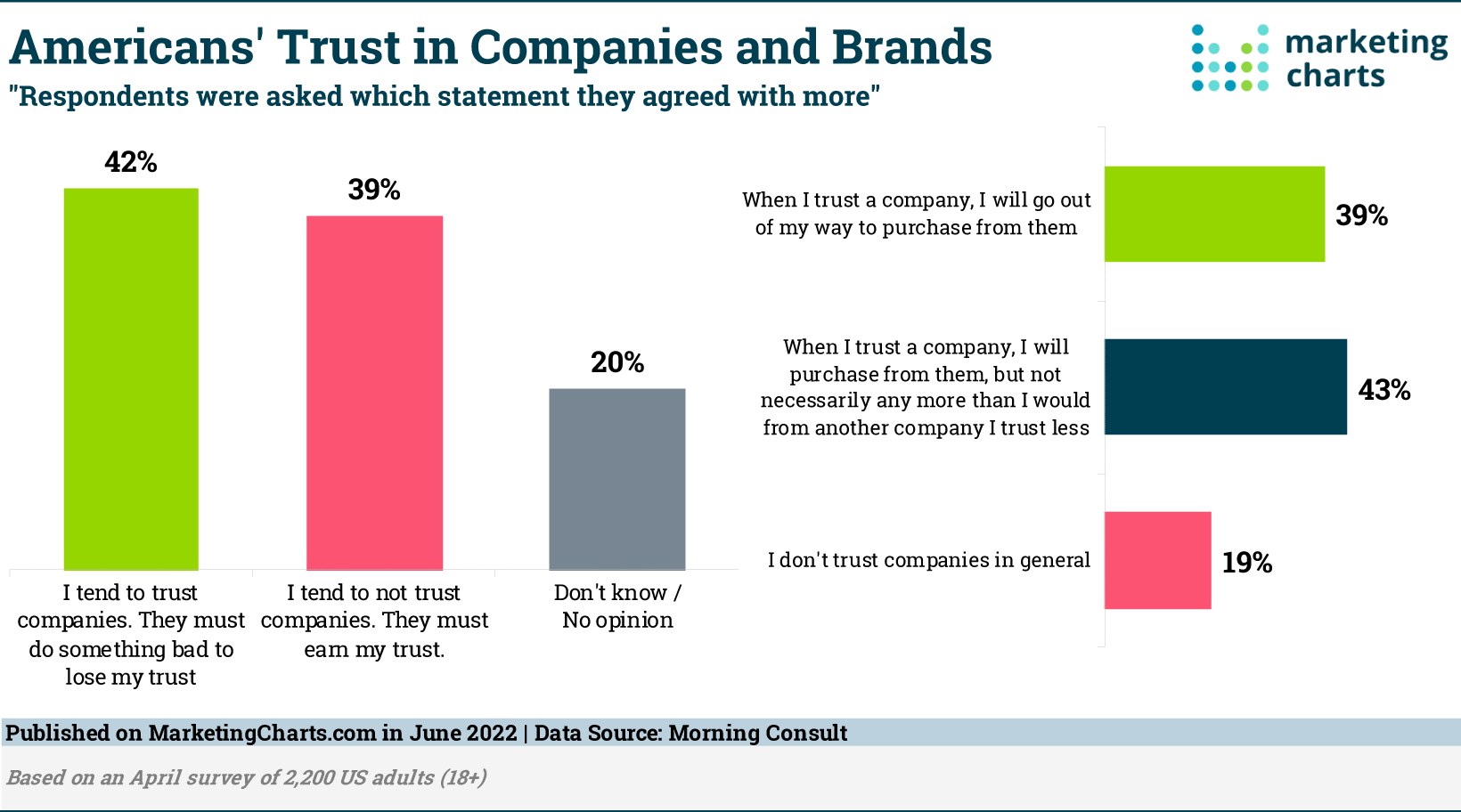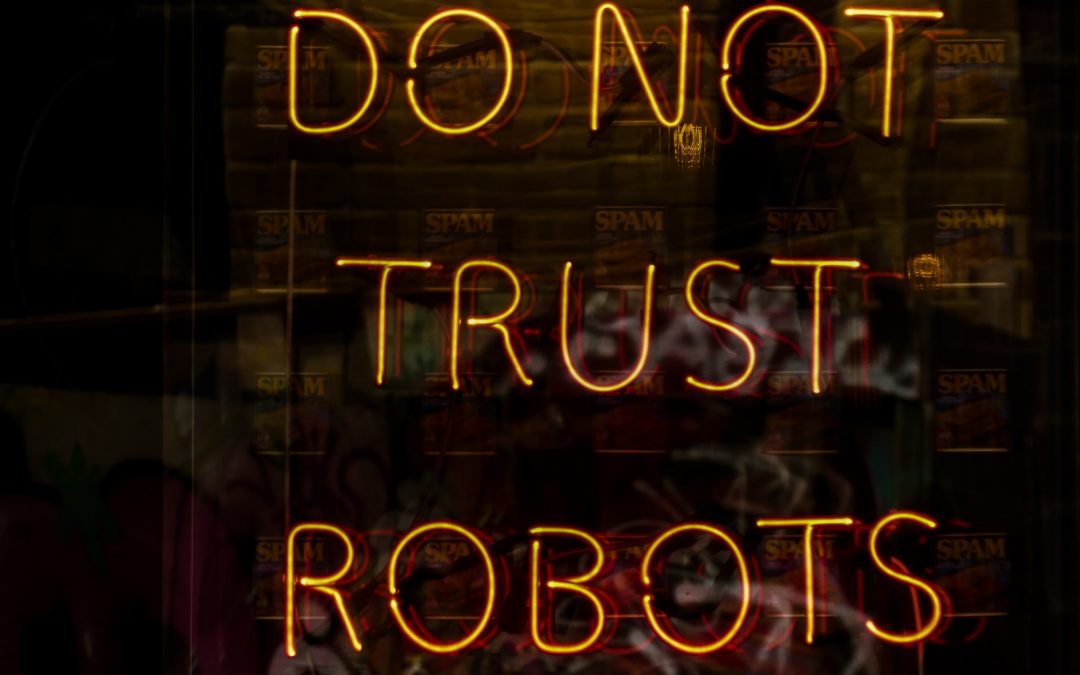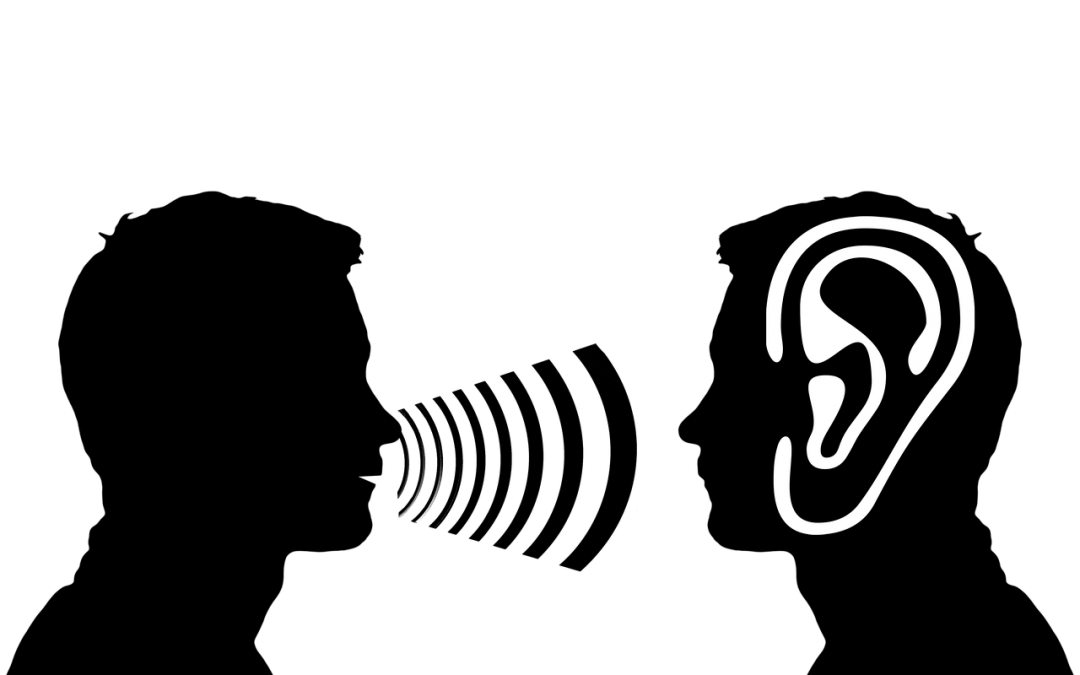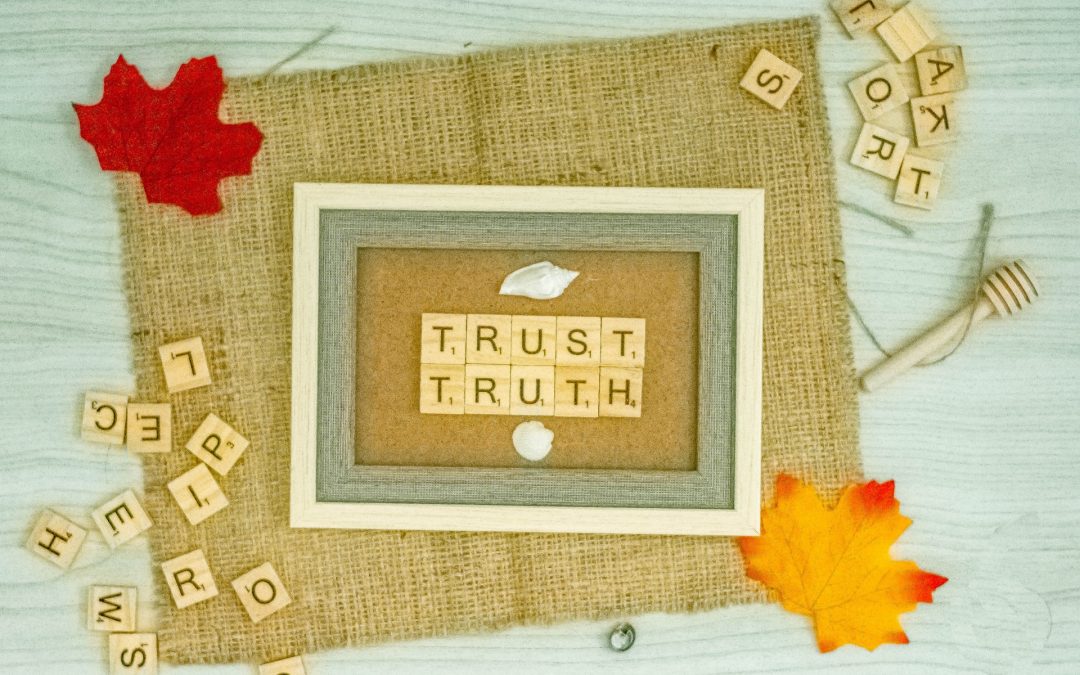
How To Build Instant Trust For Your Business
If there was only a way to get someone to trust you instantly…
Actually we were born that way. We trust from the very start. Then as we experience life, we discover that things aren’t always trustworthy.
Depending on a persons life experiences and outlook, we develop either an optimistic or pessimistic attitude. Most of us are a blend of both depending on the situation.
As I’ve talked about in the past, Trust is one of the key foundations of our lives and this applies to everything.
I’m going to focus on the necessity of trust in business and marketing including your advertising.
I’m also going to share with you examples that you can use today to create “Instant Trust”.
Trust is an emotion first, and logic second. No matter what the data says, you have to win the heart, not just the mind.
Certain forms of media are trustworthy for different people.
A century ago, newspapers were the trusted source of information.
Half a century ago, TV was, especially CBS News Anchor Walter Cronkite who would end his nightly broadcasts with his signature sign-off, “And That’s The Way It Is”.
All of this was before the online world which gave anyone and everyone a voice.
The most trusted media people in my city are now the local radio and television personalities.
But they are not all equally trusted.
Particular stations and networks have their own brand and people put trust in that brand. If your business advertises on a particular station that is trusted, there is a transfer of trust that spreads to your business.
In the TV world, we have newscasts on 4 stations and over the past couple of decades there has been a changing of the guard so-to-speak as some TV veterans retired and others took their place. TV viewership has eroded as alternative sources of news and entertainment have continued to become available. I no longer have to sit down at the appointed time to watch the evening news to see what happened while I was at the office. I get news instantly from the apps on my phone, whenever I want. I have not watched a single local newscast from start to finish this year and I see no reason for that to change.
The radio world in Fort Wayne has nearly 2 dozen radio stations. The oldest is WGL which I worked for a couple of times. Listenership is very small according to the rating data I have access to and the format has changed numerous times. The next oldest is WOWO.
WOWO will be a century old in 2025 and for more than a quarter century has been a news and talk radio station. In December I will have completed 9 years at WOWO with many more to come. When I was a kid I listened to WOWO and it was the most listened to station with over 70% of all of the listeners tuning in each morning. WOWO is still one of the few stations with over 100,000 weekly listeners.
Federated Media bought WOWO in the 1990’s and owns and operates other heritage stations in Fort Wayne including WMEE, which I once worked for a few decades ago. 98.9 The Bear and K-105 are the other two Fed Med stations that have huge audiences in Fort Wayne and have earned the trust of our listeners.
One of the things that makes WOWO unique however is the whole news/talk format and how listeners interact with WOWO. When you listen to a music station, you pick the station that plays the music you enjoy listening to. The radio personalities are there to complement the music and add to your listening pleasure. 70% or more of what your favorite music station plays is music. Music is the main emotional connection.
With WOWO being a news and talk radio station, we don’t play music. We talk instead. In the morning, it’s news, weather, sports, traffic, farm reports, and interviews. The rest of the day the newscasts are twice an hour with talk filling in the rest of the hour. People listen to WOWO to hear people talk. Big difference.
WOWO Listeners Trust the WOWO Brand.
WOWO Listeners are not annoyed by talking the way they can get annoyed by too much talk on a music station.
WOWO’s advertisers are trusted simply because those businesses are on WOWO. There is an implied trust and emotional bond that businesses get that advertise on WOWO. But that’s not all.
WOWO cranks it up two more levels for our advertising partners.
There is what I refer to as a Platinum Level for WOWO Advertisers. We all know that the Gold Standard is the highest level of any business. This is a step above the Gold Standard.
Platinum Level Sponsorship on WOWO is the personal endorsement or testimonial of one of either or afternoon host Pat Miller or morning host Kayla Blakeslee. This is the trust factor on steroids that no other station in Fort Wayne offers. A Pat or Kayla endorsement campaign means they will be your local spokesperson and do live 60 second ads for your business.
They receive a talent fee for this and WOWO charges a premium for that minute of airtime. But it’s well worth it. I’ll give you a couple of examples in a moment.
These live ads are exclusive for a business category. For example, Pat Miller endorses Fairhaven Funeral Homes. Fairhaven will be the only funeral service provider Pat will endorse. Other funeral homes can advertise, but none will have Pat’s voice on them, endorsing them as long as Fairhaven continues. Kayla Blakeslee endorses Shield Exterior Roofing and so while other roofers can advertise on WOWO, none will have Kayla as their spokesperson.
WOWO Listeners have an emotional bond with Pat and Kayla and they are trusted by their listeners. When Pat and Kayla are talking about something political, you bet their listeners are emotionally invested. That emotional trust carries over to our listeners when they also talk about the businesses they endorse.
A few years after I started at WOWO, before Kayla was hosting Fort Wayne’s Morning News, she was the news director and news anchor in the morning. Charly Butcher was our Fort Wayne Morning News Host until he suddenly passed away 4 years ago this week. I worked with a small specialty shop that was going to have a special open house on a Saturday and they bought a ton of radio ads on a music station and just 3 or 4 ads with Charly’s endorsement. After the event, the owner continued with WOWO because he heard customer after customer tell him that Saturday they were at the open house because Charly told them to come. The music station’s ads did nearly nothing apparently.
Before I wrap this up, I mentioned two levels of trust building beyond the regular ads on WOWO. The 2nd one is something I started using a lot of when I came to WOWO and they create an implied endorsement of a business to our listeners. We have news and weather sponsorships that are done live by the WOWO local newscasters. We have local news 13 hours every weekday starting at 5am, so there are plenty of these “embedded” sponsorship mentions that are live 10 second messages. This was my secret sauce for success for my advertising partners when I came to WOWO.
Instant Trust? Hmmm, not quite but pretty close. Contact me for more details.

